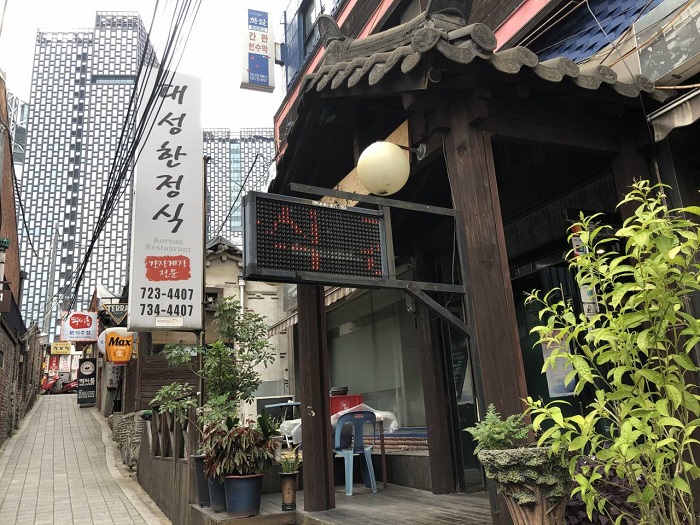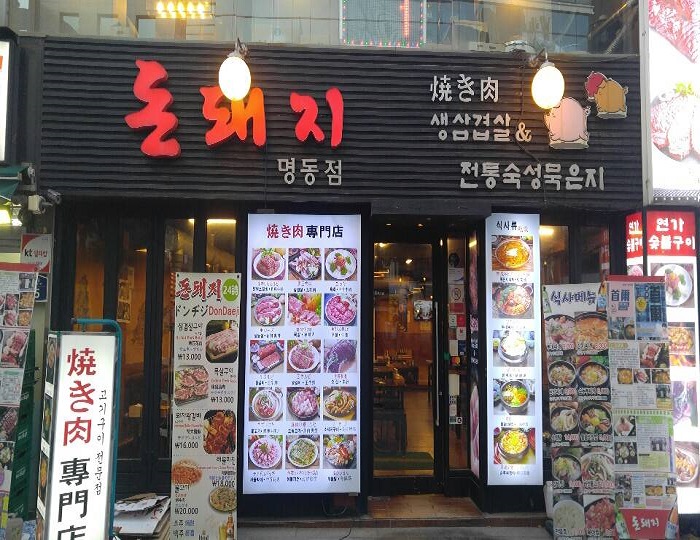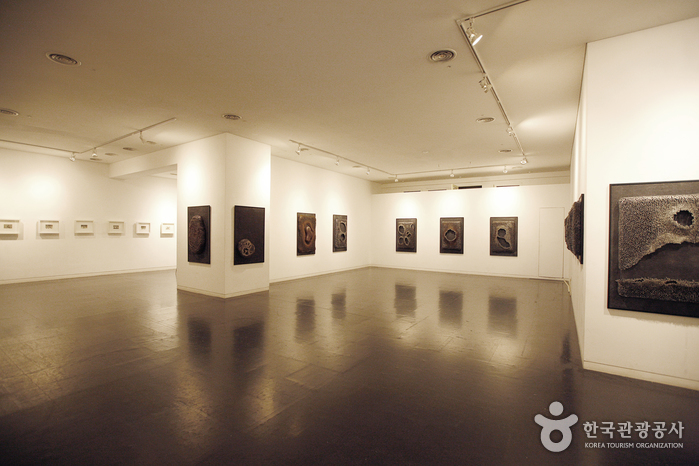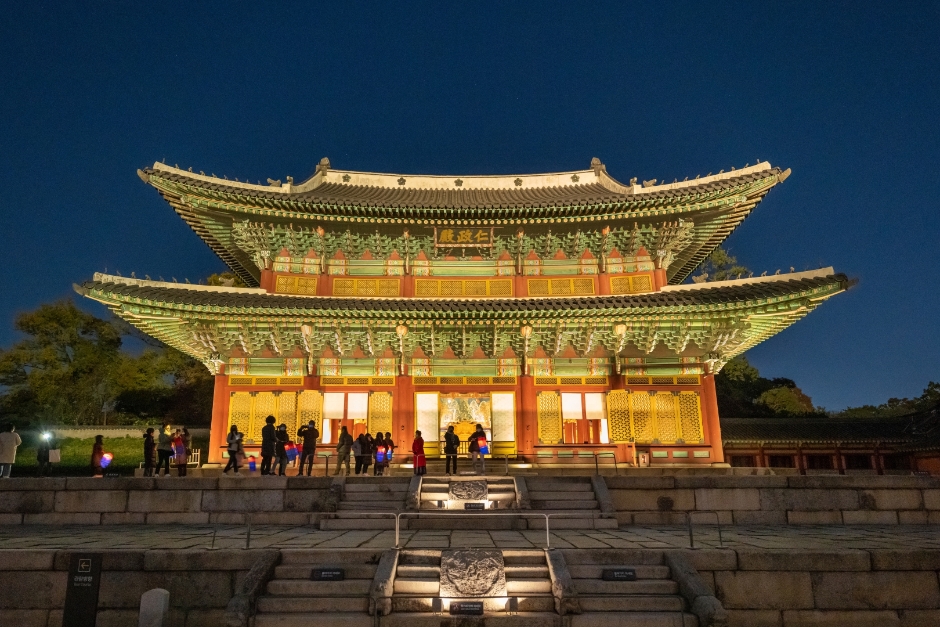Daeseong Hanjeongsik (대성한정식)
2.0Km 2021-03-30
10, Insadong 3-gil, Jongno-gu, Seoul
+82-2-734-4407
It is a hidden famous restaurant in Insa-dong. The best menu at this restaurant is soy sauce marinated crab set menu. This Korean table d'hote restaurant is located in Jongno-gu, Seoul.
Dondwaeji (돈돼지)
2.0Km 2021-03-22
15, Myeongdong, 9-gil, Jung-gu, Seoul
+82-2-776-3301
A restaurant famous among not only Koreans but also foreign tourists. This restaurant's signature menu is grilled strip loin. This Korean dishes restaurant is located in Jung-gu, Seoul.
New Balance - Daehangno Branch [Tax Refund Shop] (뉴발란스 대학로점)
2.0Km 2024-04-16
133-2, Daehak-ro, Jongno-gu, Seoul
-
On The Spot - Myeong-dong Branch [Tax Refund Shop] (온더스팟 명동점)
2.0Km 2024-04-18
37-4, Myeongdong 8-gil, Jung-gu, Seoul
-
Daiso - Myeong-dong Branch [Tax Refund Shop] (다이소 명동)
2.0Km 2024-04-18
43, Myeongdong-gil, Jung-gu, Seoul
-
Lime Tree Dental Hospital (라임나무치과병원)
2.0Km 2025-07-07
7F, 43 Myeongdong-gil, Jung-gu, Seoul
Located in Myeong-dong, the heart of Seoul tourism, Lime Tree Dental Hospital is a hospital-grade medical institute. It is led by In-su Kim, the Chief Director with 27 years of experience, and it has a team of specialists covering different departments. This hospital boasts superb accessibility as it is right near Myeong-dong Station (Subway Line 4) and Euljiro 1(il)-ga Station (Subway Line 2).
Skilled medical staff in esthetic prosthodontics are in charge of procedures such as One-day Veneer and All Ceramic Crowns. Additionally, medical staff who have experience placing over 35,000 dental implants directly perform implant procedures.
A leader in K-medicine, Lime Tree Dental Hospital is committed to giving customers the utmost satisfaction.
Seoul Art Center Gongpyeong Gallery (서울아트센터 공평갤러리)
2.0Km 2021-06-19
24, Insadong-gil, Jongno-gu, Seoul
+82-70-4214-0070
Opened in 1992, Seoul Art Center Gongpyeong Gallery is a 17,791㎡, two-story building with four exhibition halls. It is one of the main galleries of Insa-dong, displaying diverse artwork ranging from Western and Korean paintings to sculptures. Due to the great interest in Korean paintings, 2~3 of the annual long-term exhibitions focus solely on them.
Moonlight Tour at Changdeokgung Palace (창덕궁 달빛기행)
2.0Km 2024-08-20
99 Yulgok-ro, Jongno-gu, Seoul
+82-1522-2295
The Moonlight Tour at Changdeokgung Palace is a high-quality cultural event held at Changdeokgung Palace, a UNESCO World Heritage. The tour offers a unique opportunity to witness and experience palatial beauty under the moonlight.
Donggwol Maru - Korea Cultural Heritage Foundation Branch [Tax Refund Shop] (한국문화재재단 동궐마루)
2.0Km 2024-10-15
99, Yulgok-ro, Jongno-gu, Seoul
-


![New Balance - Daehangno Branch [Tax Refund Shop] (뉴발란스 대학로점)](http://tong.visitkorea.or.kr/cms/resource/82/2878182_image2_1.jpg)
![On The Spot - Myeong-dong Branch [Tax Refund Shop] (온더스팟 명동점)](http://tong.visitkorea.or.kr/cms/resource/42/2878642_image2_1.jpg)
![Daiso - Myeong-dong Branch [Tax Refund Shop] (다이소 명동)](http://tong.visitkorea.or.kr/cms/resource/96/2878596_image2_1.jpg)



 English
English
 한국어
한국어 日本語
日本語 中文(简体)
中文(简体) Deutsch
Deutsch Français
Français Español
Español Русский
Русский